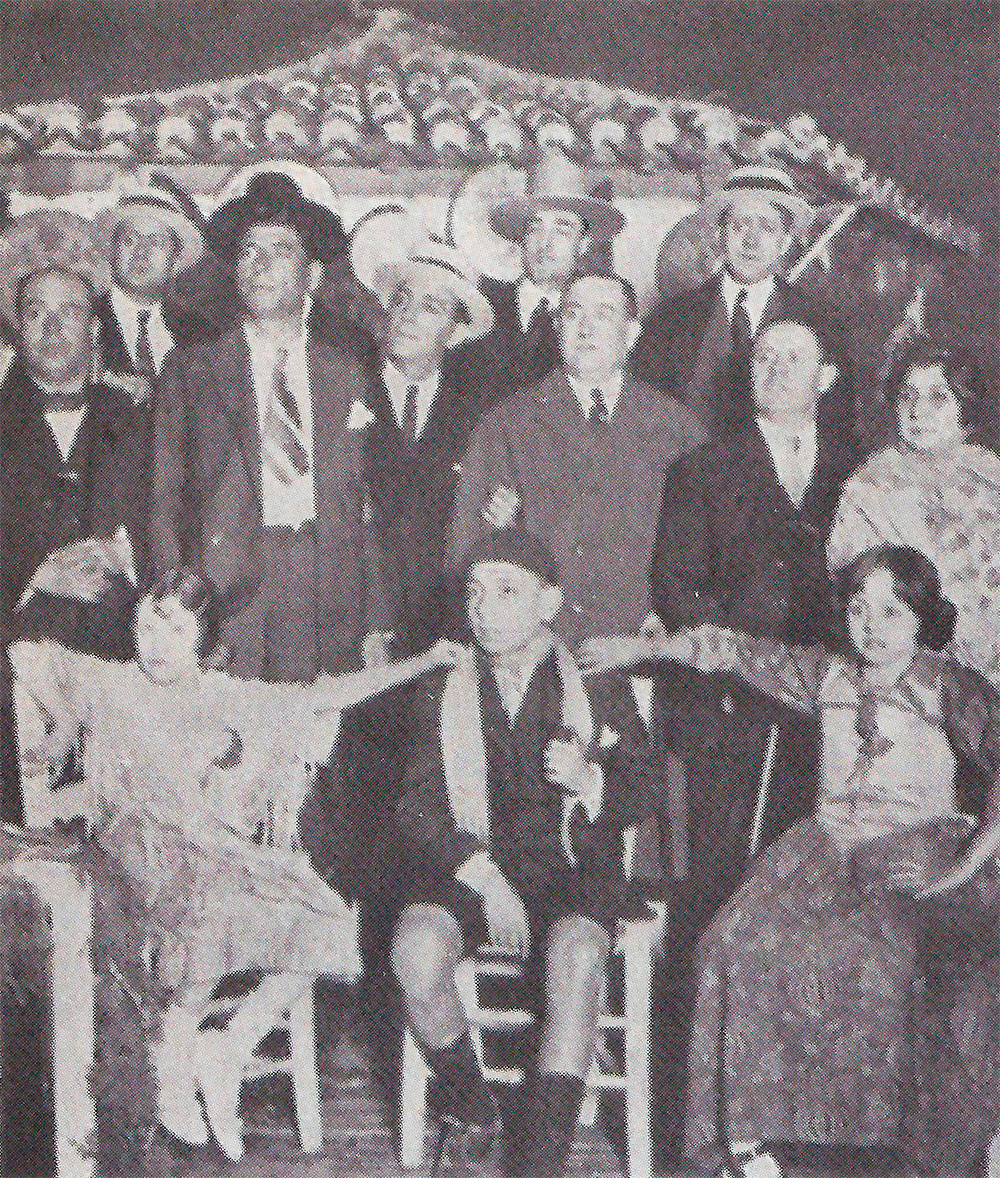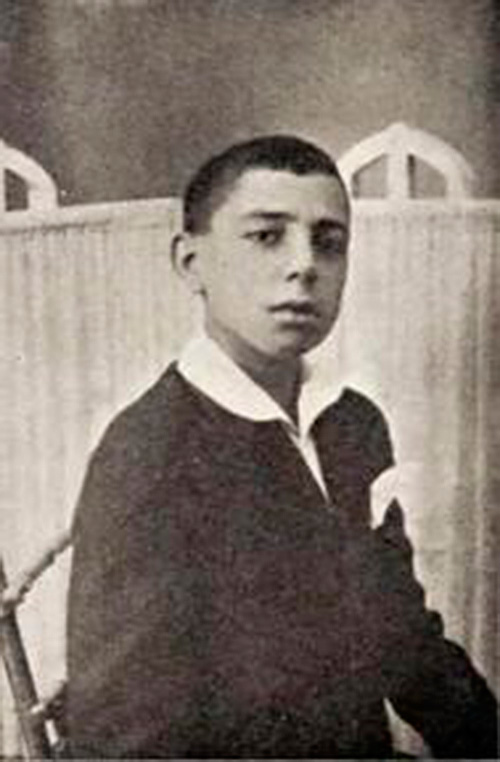Agustín López Macías, alias Galerín, from El Liberal newspaper of Seville, began his chronicle, which was intended to be colorful, about the first evening of the Flamenco Song Contest of 1922 in this resounding way: “There was an imposing silence in the square. Four thousand people were silent, two thousand of them women!… Can there be a greater success?
Then Ramón Gómez de la Serna, the genius of El Pombo, appeared and explained what it was all about. He kept the outcries for his chronicle in El Liberal: The saeta is a blowpipe that seeks God; the toná was invented by one who was killed from the back without knowing who killed him.
And after Ramón, the parade opened: first, two children; one for real and one by nickname. The real one, Manuel Ortega Juárez, Manolo Caracol (nicknamed Snail), an eleven-year-old boy, son of a swordsman from Seville, who aspired to the seguiriyas prize, and next to him Manuel Gómez Vélez, Niño de Huelva (Boy from Huelva), twenty years old, one of the best guitarists of the time. Caracol started with seguiriyas and finished with two “modern and formidable” saetas. After Carmelita Salina, Frasquito Yerbabuena, the peculiar singer who, except in private parties, had only performed twice in public, the first in the contest. According to Galerín, he stretched to “soleares y sopas de puchero”.

And after Yerbabuena, the star of the contest. Silence falls and the shadow of a bent old man appears, walking slowly, as if he were going to stumble at any moment. The most optimistic people think he is sixty years old, but others, because of his hesitant gait, think he is eighty or more. He is actually 72 years old and had been a professional three decades earlier. His career came to an end when his lung was pierced in a fight and he was left without any steam. Perhaps in contrast to his slow steps, there is a rumor that he walked all the way from Puente Genil. They all think the joke is funny except for Galerín who notes: “You laugh at the fact that I came walking. I should have left the year before…” He sits next to the player Montoya, and suddenly El Tenazas (The Tongs), that’s the nickname of Diego Bermúdez from Morón, starts with a boy’s clear voice and attacks the polo and the caña, and finishes with soleares and seguiriyas. “A very serious business,” say some, “very good” judge others. Manuel de Falla, who has already heard it, says that it is an arsenal of singing; Ramón calls him “the prophet Elias”, and the audience, which has almost no words of enthusiasm, chants in chorus: “Tenazas, Tenazas, Tenazas…!”. And Tongs, in the end, shared first place with the boy Manolo Caracol.
Another exceptional spectator, the rinconcillista José Mora Guarnido, describes El Tenazas as a “mummy of the Andalusian taverns” but “with a voice of thunder and a deep wisdom of a sincere singer”. El Tenazas stunned Chacón in the auditions with a serrana: “Yo tenía en mi rebaño, [I had in my flock,] / una cordera, [a lamb,]/ de tanto acariciararla [that with so much fondling]/ se volvió fiera”.[became fierce”.]

“It seemed that, as an apostle of an ancient and lost creed, he had suddenly found alive and resplendent, his Messiah,” added Mora. After him, La Macarrona and her group danced tangos and alegrías.
Galerín, in his own way, gives an account of the intermission in which they “drank a lot”, and notes: “The lighting of the courtyard was as beautiful as the women who admired each other at every step”.
The second part was filled by Manuel Torre, Niño de Jerez, who started with a classic seguiriya; Antonia Muñoz, The Blind Woman from the street of Cruz de Granada and her students; La Macarrona and María Amaya; La Gazpacha, accompanied by Pepe Cuéllar, who performed the cachucha and a saeta.
Niño de Jerez, in the midst of a sepulchral silence only broken by the moans of the gypsy women, chose a classic seguiriya: “Vamos a jincarnos de roílla / que ya viene Dios; / que va a recibirlo la pobrecita de mi mare, / de mi corazón”.
The president of the jury, encouraged by the audience, agrees to abandon his commanding post and promote the collective delirium with cañas and polos (instruments for flamenco metrics) and a granaína (flamenco stick) in the end : “Quiero vivir en Granada [I want to live in Granada]/ porque me gusta oír [because I like to hear]/ la campana de la Vela cuando me voy a dormir [the bell of the Vela Tower when I go to sleep.]”.